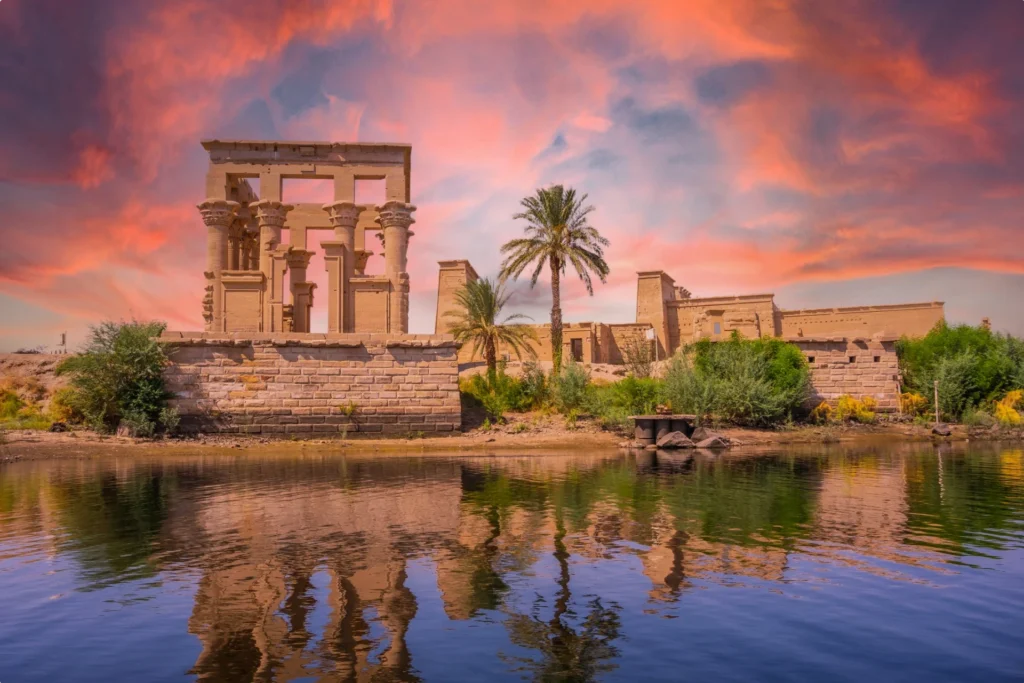
The Nile River, flowing majestically through northeastern Africa, holds the title of the longest river in the world. Spanning approximately 6,650 kilometers (4,130 miles), this legendary waterway traverses 11 countries, including Egypt and Sudan, providing life and sustenance to millions of people along its path.
Originating from the confluence of the White Nile, which begins at Lake Victoria, and the Blue Nile, which starts at Lake Tana in Ethiopia, the Nile winds its way through diverse landscapes before emptying into the Mediterranean Sea. Its journey is a testament to the rich geographical and cultural tapestry of Africa, impacting nations such as Uganda, Rwanda, Burundi, Tanzania, Kenya, Democratic Republic of the Congo, South Sudan, and Eritrea, in addition to Egypt and Sudan.
Historically, the Nile has been the lifeblood of civilizations. Ancient Egyptians depended on its annual floods to irrigate their fields, fostering an agricultural society that gave rise to monumental achievements, including the construction of the pyramids and the development of hieroglyphic writing. The river’s significance is deeply embedded in Egyptian mythology and history, often revered as a divine entity.
Today, the Nile continues to play a crucial role in the economies and daily lives of the countries it flows through. It supports agriculture, fishing, and transportation, and its waters are harnessed for hydroelectric power. The Aswan High Dam in Egypt, one of the most notable modern structures on the Nile, provides both water management and electricity generation, illustrating the river’s ongoing importance to regional development.
Environmental concerns and geopolitical tensions, however, underscore the challenges of managing the Nile’s resources. Climate change, population growth, and infrastructure projects like Ethiopia’s Grand Ethiopian Renaissance Dam (GERD) have sparked debates over water rights and sustainability. These issues necessitate cooperative approaches to ensure that the Nile continues to be a source of life and prosperity for future generations.
As the longest river in the world, the Nile remains a symbol of enduring natural wonder and human ingenuity. Its vast expanse connects diverse cultures and communities, weaving a narrative of shared history and mutual dependence that transcends borders and time.




